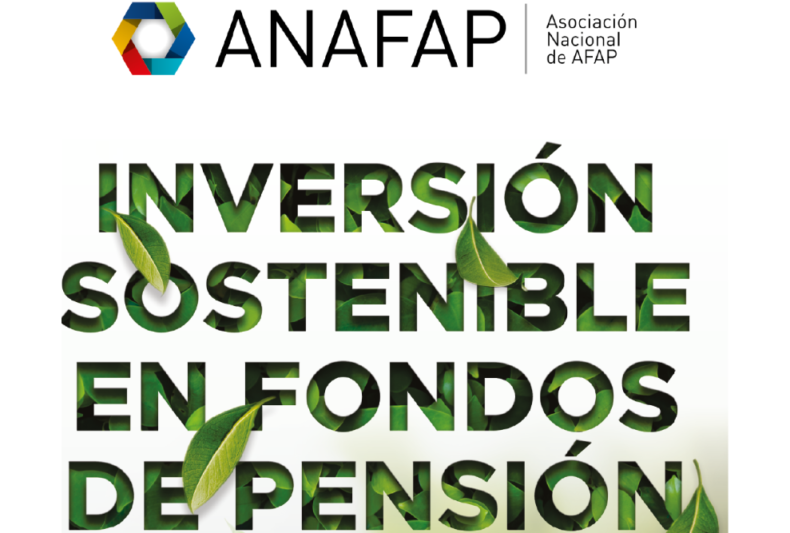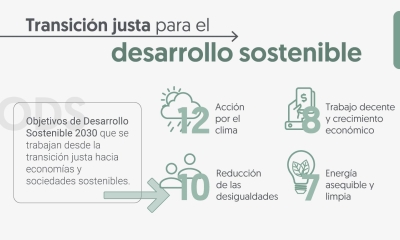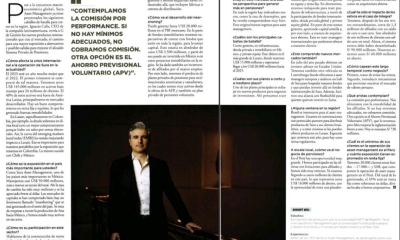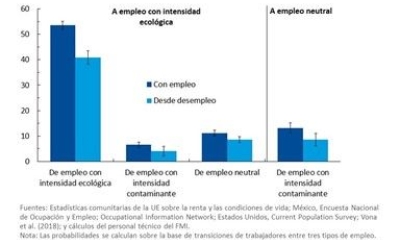- The report addressed the importance of including environmental, social and governance factors in investment portfolios.
Based on its impact on long-term investments, the National Association of AFAP (ANAFAP) presented the report on “Sustainable Investment in Pension Funds”, where it addressed the international experience and the situation in Uruguay considering Environmental, Social and Governance (ESG) factors in risk analysis and investment portfolios.
The report was presented by María Noel Urban, alternative asset investment specialist, and Paula Rienzi, credit risk expert.
Sebastián Peaguda, president of ANAFAP, welcomed the attendees to the event and stressed the importance of analyzing the value and impact of sustainability in pension funds through the incorporation of ESG criteria and the challenges involved. “Sustainable investment is about creating economic value through care for the environment, respect for human rights and good corporate governance,” he said.
Urban, for her part, said that focusing on sustainability “provides a broader view and helps mitigate long-term risks, avoiding damage to investment returns”.
The specialist commented that ESG metrics provide investors with a transparent, rules-based mechanism to identify entities that may be prone to controversy, contributing to lower portfolio volatility over the long term.
In relation to international experience, Urban highlighted the advances in regulation, mainly in Europe, although he pointed out that there are “great challenges in application and homogenization”. In the case of Latin America, he said that some initiatives have been developed “at a slower pace”, highlighting the experiences of Mexico, Colombia, Chile, Brazil and Peru.
She also mentioned the importance of achieving a “fair transition to sustainable investment”. We must achieve economic growth while protecting and preserving the environment, reducing the potential negative effects on employment or poverty that could arise (for workers in the branches of activity that must be reconverted and the community that develops economic activities that must change), in order to put people at the center.
Then it was Rienzi's turn, who emphasized that as a result of the volume of pension funds, there is a “great opportunity” to catalyze the incorporation of sustainable projects. In this regard, he emphasized that the integration of ESG criteria in the investment process seeks to complement the traditional financial analysis and “promote better decision making, obtaining an adequate risk-return profile”.
On the other hand, he mentioned that there are several ways to incorporate environmental, social and governance factors in the investment process, either by establishing commitments, excluding certain activities, selecting companies with better ESG ratios or those that have evolved the most in their compliance, generating strategies with greater social or environmental impact, or investing in activities that contribute to improving any of the factors.
In the case of Uruguay, he stressed the importance of generating a roadmap to understand the regulatory framework that can be applied in the country. “There is a crucial role for pension funds because of the volumes they manage - around US$ 16 billion - 27% in local projects, which corresponds to 10.1% of GDP invested. This means that if certain standards are demanded at the time of investing, “the market as a whole will encourage the accelerated adoption of sustainability criteria”, he emphasized.
This roadmap should contain, on the one hand, a taxonomy - a unique way of identifying relevant variables - that allows for the use of a common language in relation to the subject, disclose detailed and standardized information about ESG criteria, incorporate a fair transition to understand that there are sectors that are more disadvantaged and those that will obtain more benefits, and analyze how the investment portfolio would be affected according to several elements, including the ESG scenario.
In this sense, he explained that progress is being made in local pension funds in terms of disclosure and measurement of information, unifying criteria across the industry with the use of a questionnaire that uses indexes to complement the analysis of investments and is based on international standards.
Finally, he said that there are several obstacles in the market, such as the lack of knowledge or standards to help identify sustainable products, insufficient information to assess sustainability and the great differences in the way data is disseminated.
To access the full report, please click on the following link: https://anafap.com.uy/cadm_sis/download.php?t=prs&i=62.











